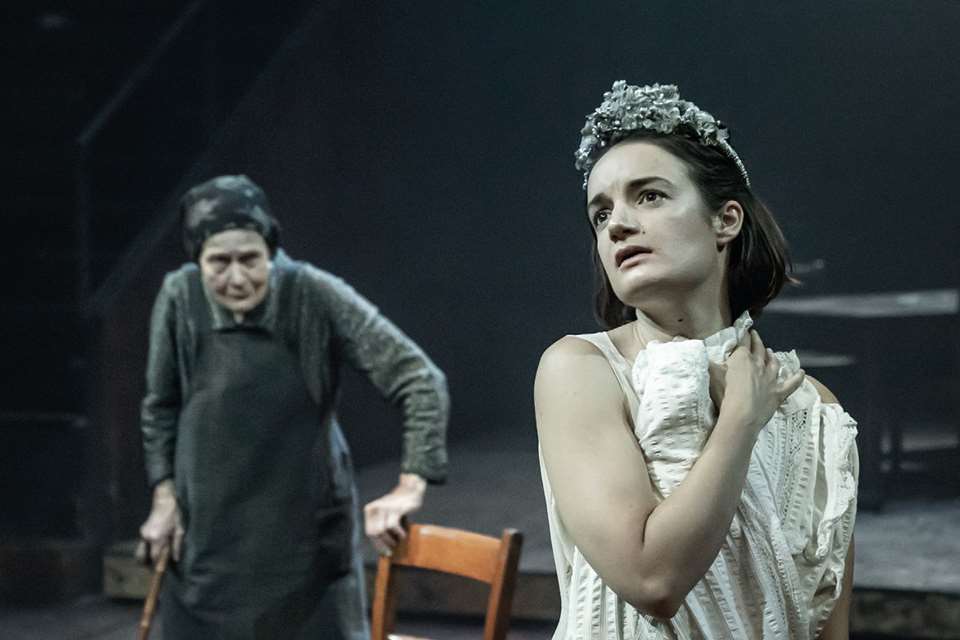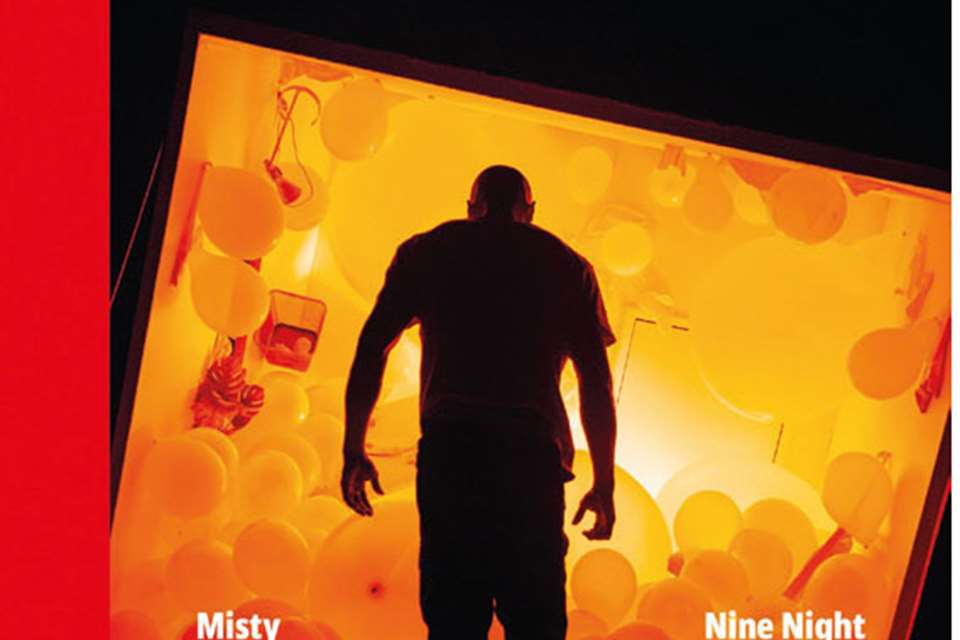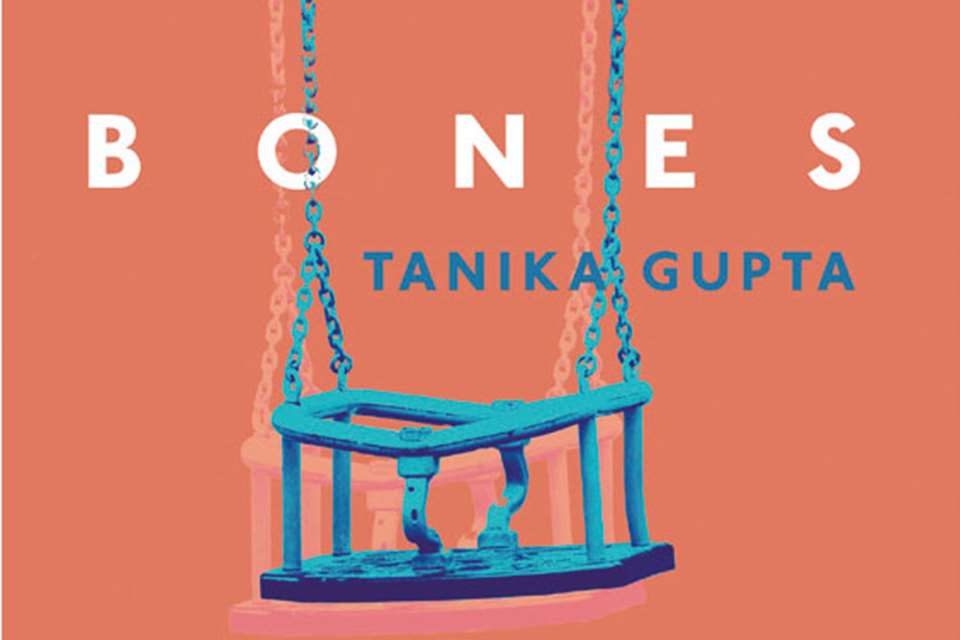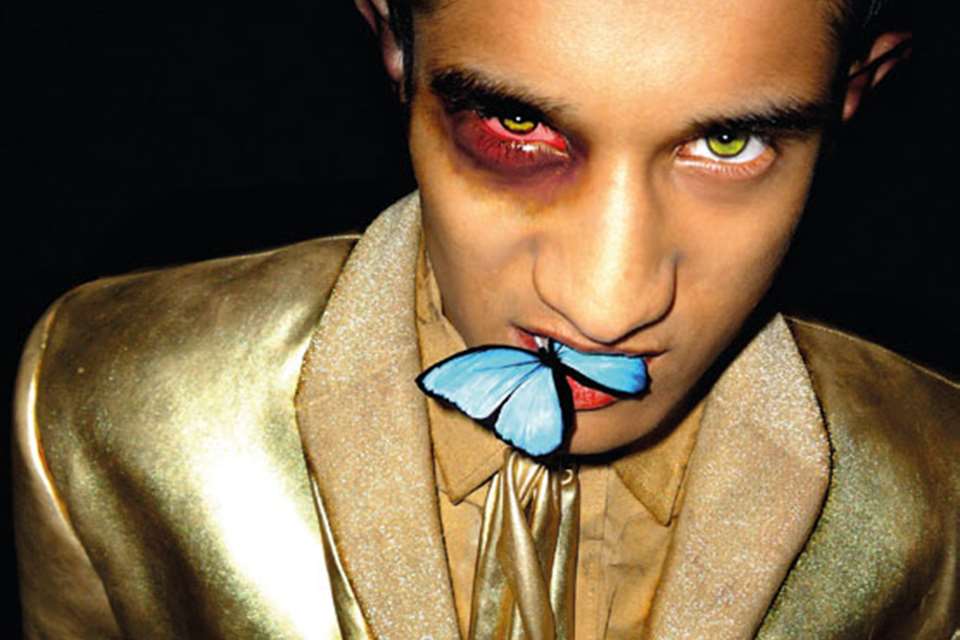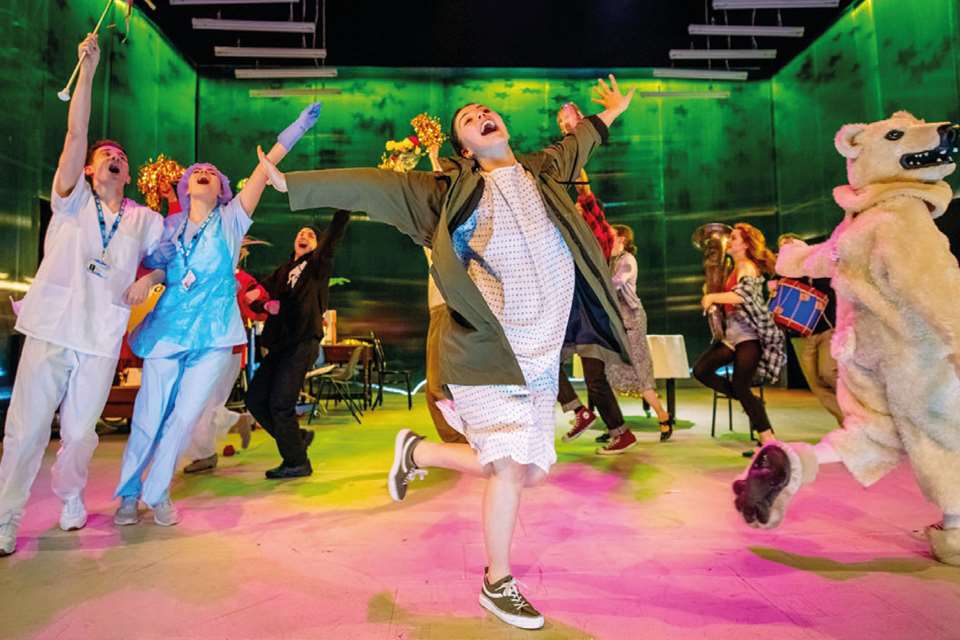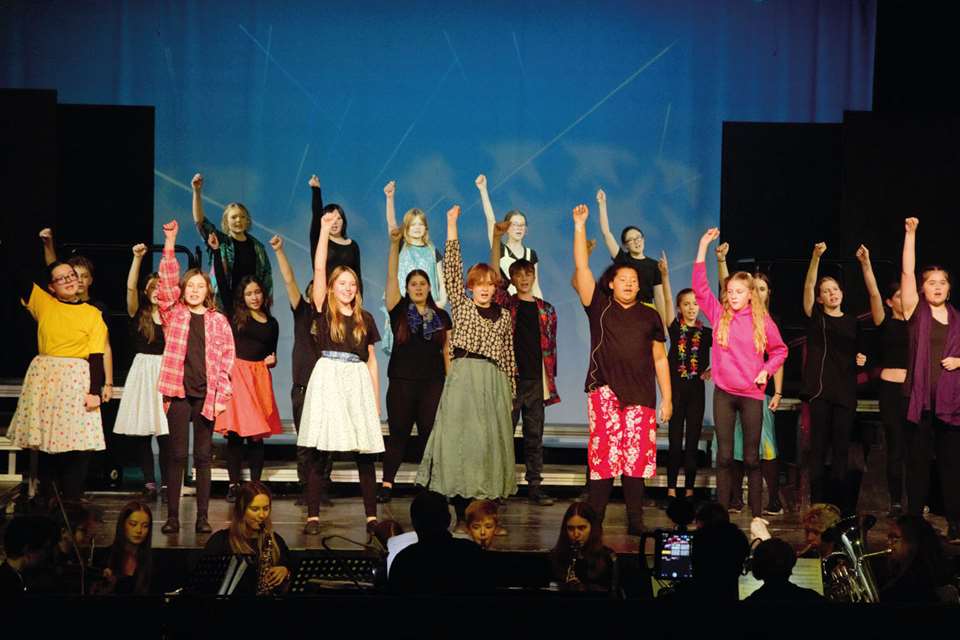Barber Shop Chronicles by Inua Ellams
Inua Ellams, Oladipo Agboluaje
Tuesday, March 1, 2022
Each issue of D&T we bring a teachers’ guide to a play for study with your students. This issue Oladipo Agboluaje introduces Barber Shop Chronicles by Inua Ellams.
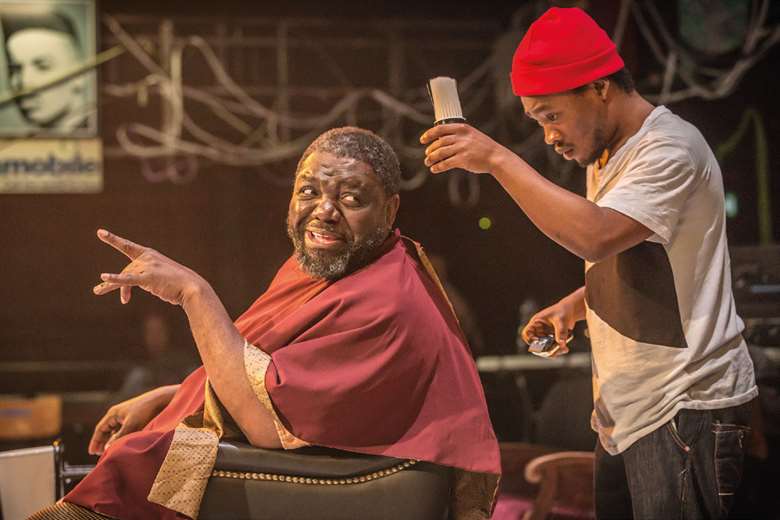
Marc Brenner
Barber Shop Chronicles was first performed in the Dorfman Theatre, one of the three performance spaces of the National Theatre, London on 7 June 2017, before it transferred to the Leeds Playhouse where it ran from 12 to 29 June. After this initial run, the play toured Australia, New Zealand and North America before embarking on a UK tour, going through several cast changes along the way. During the nationwide lockdown that was brought about by the coronavirus pandemic, Barber Shop Chronicles was streamed on the National Theatre YouTube channel from 14 to 21 May 2020 as part of its ‘National Theatre at Home’ programme.
The plot
There are several stories told in Barber Shop Chronicles, and this is reflected in the play's structure of several short scenes. We go back and forth between multiple barbershops as we follow the many characters of African heritage and their storylines. The scenes in London are the most developed, where young Samuel believes that his father's former business partners Emmanuel and Elnathan are responsible for his father going to prison. Samuel accuses them of setting his father up in order to take over the barbershop. This accusation turns out to be unfounded, but, like all the other storylines, it reveals in increments the issues confronting the characters. Ellams unites these different threads by setting Barber Shop Chronicles on the same day of the European Champions League final and having his characters interested in the game's outcome. To further tie the story together, Ellams describes Barber Shop Chronicles as ‘a global conversation of men and barbers who know each other but don't know that they know each other, watching the same thing on the television screens.’
Themes and contexts
The themes in Barber Shop Chronicles range from black masculinity, fatherhood, identity, representation, and history, to intergenerational relations, communication, culture, mental health and sport. Many of these themes are staged debates, which is apt considering the barbershop setting. The barbershop is seen as the hub of the community, a safe space where black men can be themselves and be vulnerable. The dialogues can be seen as talking cures, asking men not to suffer in silence for fear of not being seen as ‘real ‘men’ who do not openly show their emotions. As such, several scenes in Barber Shop Chronicles legitimise different presentations of masculinity.
Characters
The characters are fictional recreations of real people that Ellams met during the research phase of the project. As such, the play is partly verbatim theatre, in that a lot of the dialogue and scenes are reproductions of actual events and conversations that Ellams recorded. They are all dealing with personal problems, many of which they find difficult to express due to the cultural and social notions of masculinity. The weight of history and parenthood is a common theme, as is the intergenerational relationship and how lessons about adulthood are passed down from the old to the young.
Design
During the National Theatre run, the play was set in the round, with the audience surrounding the actors on all sides. Barbershop signage from the different locations was placed around the set, as were clocks that displayed the different times of the countries named in the play. The set also had a large globe hanging overhead. Whenever there was a scene change to another location, a light would appear on the globe to denote the city the scene was in. The rest of the space was sparsely decorated to make for swift choreographed scene changes, and each of these scene changes was accompanied by music from the country the play was moving to next. The costumes were chosen in collaboration with the cast who were mostly of African heritage.
Language
Language can be twinned with communication as a theme of Barber Shop Chronicles. The characters are not only defined by their speech patterns but also by the language they speak. Being African, they are multilingual, speaking their mother tongue, other African languages, Nigerian Pidgin English and English. There is a discussion of the relationship between African languages and English, and how the global dominance of English is an obstacle to Africans communicating with each other on the continent and with Africans in the diaspora. Musa the linguist is writing a Swahili-to-Spanish dictionary so that Afro-Latin Americans can communicate directly with Africans without having to learn English. Swahili is a common language spoken by various language groups in East and Southern Africa. For Musa, this project is important because it allows for Afro-Latinos to ‘understand us their ancestors back home’.
References
Video: Introducing Barber Shop Chronicles | Inua Ellams – National Theatre at Home.
Essay: Cutting Through Black Barbershops and Masculinity by Inua Ellams.


